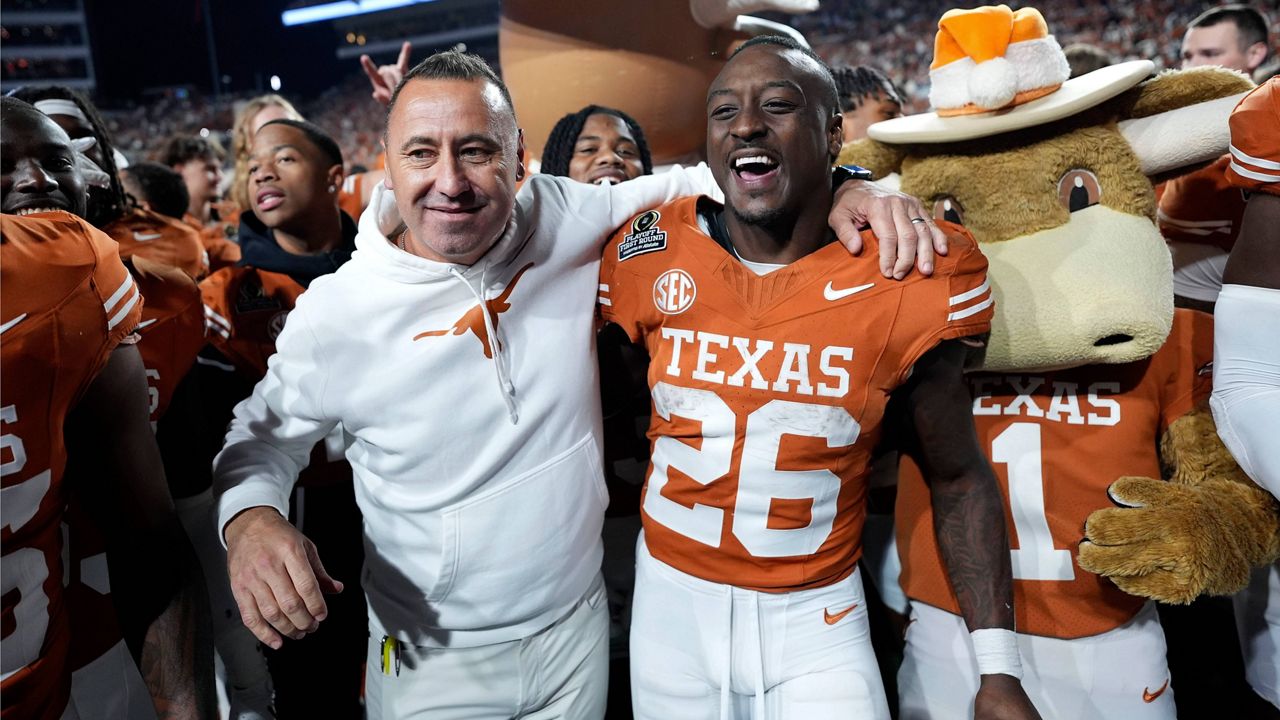Fashion
The staggering water consumption of fast fashion

Enough water to fill Wales’ largest lake five times over could be saved if every person in the UK bought one pair of second-hand jeans instead of a brand new pair, a charity says.
Oxfam is encouraging people to buy second hand clothes as part of its Second Hand September project, which aims to highlight the environmental impact of fast fashion.
While older generations are less inclined to buy second-hand fashion products, it is a rapidly growing market with young people at the forefront, according to industry analysts ECDB.
“I didn’t like what everyone else was wearing, so I started going to charity shops to look for different stuff,” said 25-year-old Sam Eastcott.
Ms Eastcott, from Caerphilly, said she had not bought a new piece of clothing for three years.
She now runs classes teaching people how to repair old clothes or repurpose them.
“We teach you how to clean or upcycle your own clothes, we try to celebrate second-hand shopping and to think about our clothes differently,” she said.

According to Oxfam and the World Bank, the global fashion industry is responsible for the consumption of 93 billion cubic metres of water per year – equivalent to 37 million Olympic-sized swimming pools.
Overall, the global fashion industry is responsible for 8-10% of worldwide emissions, according to the UN – more than the aviation and shipping industries combined.
Sarah Rees, head of Oxfam Cymru, said the planet was “drowning” in so-called fast fashion – a term used to describe the quick turnover of fashion trends and the move towards cheap, mass-produced clothing.
“At the same time we’re really struggling with fresh water all across the planet due to climate change,” said Ms Rees.


Sion Williams, 25, and Daniel Evans, 27, opened their first vintage clothing shop while at university and have recently started running a third store.
“For our customer base they are all about doing good for the planet,” said Daniel, adding that if a piece of clothing had already lasted for 30 years “why will it not last even longer?”
“Take denim, for example, there’s just a level of quality that’s been lost,” he argued.


Mr Williams, who said he believed it was in the interests of the global fashion industry to make clothes which need replacing, said he was suspicious of big brands venturing into vintage clothing.
“A lot of brands have gone into vintage clothing and sustainable clothing, but they have to do it on such a scale that it’s very hard to keep it sustainable and keep it green,” he said.
“Every vintage shop is usually local, it’s young people setting up in business.”


Fashion students at the University of South Wales have been working with Oxfam Cymru to turn clothes donated at their shop in Penarth, Vale of Glamorgan, into brand new outfits.
“There are lots more second-hand and vintage places around now and we’re much more aware of the environmental impact of clothes,” said fashion student Rhys, 19.
Jade, 20, said she had always been used to having second-hand clothes as a younger sibling, but now enjoyed it.
“There’s so many second hand shops out there, so just go and try it,” she said.
“I love to make a day of it and have fun.”










